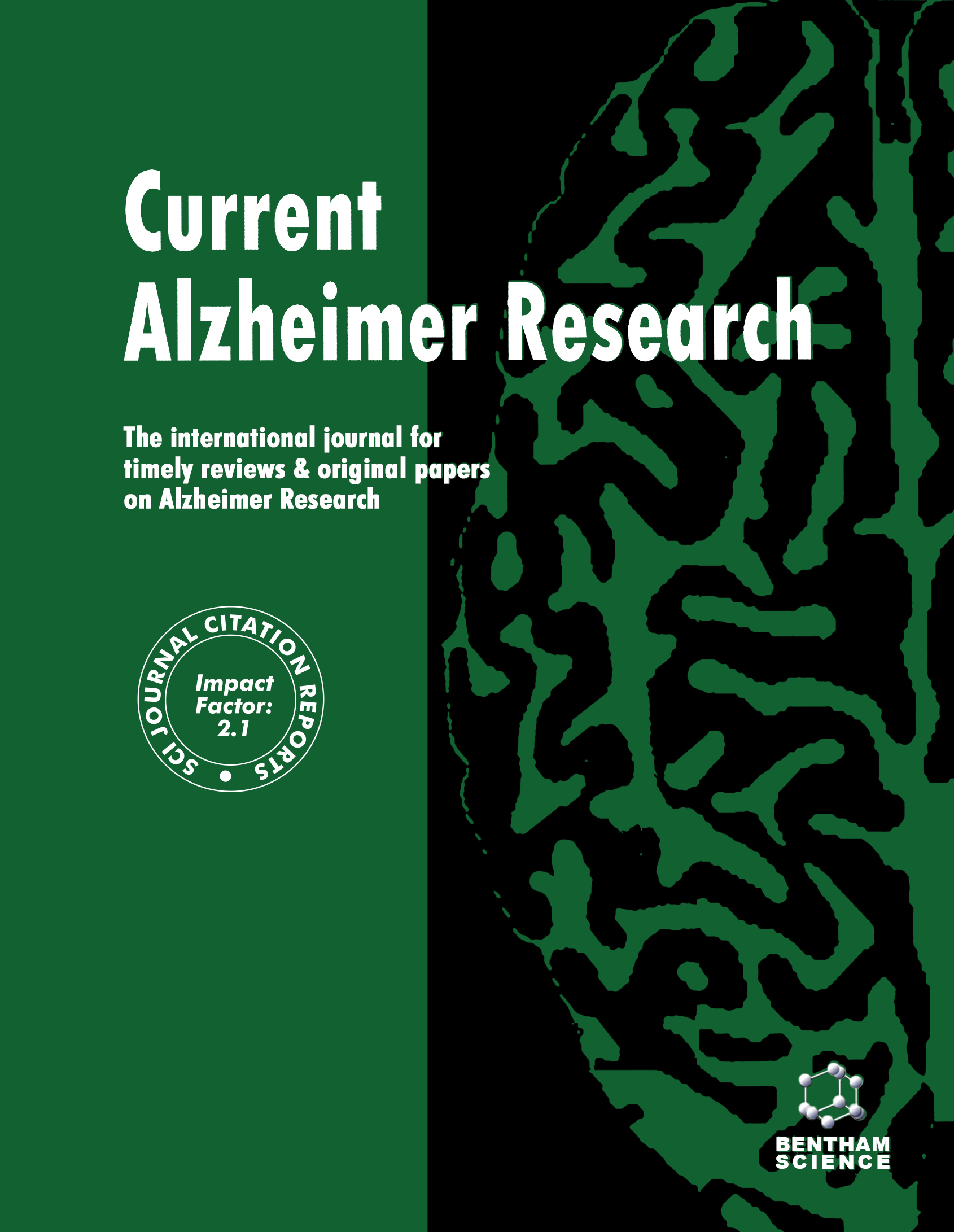
Full text loading...
We use cookies to track usage and preferences.I Understand
Neurodegenerative disorders like Alzheimer's disease (AD) involve the abnormal aggregation of tau protein, which forms toxic oligomers and amyloid deposits. The structure of tau protein is influenced by the conformational states of distinct proline residues, which are regulated by peptidyl-prolyl isomerases (PPIases). However, there has been no research on the impact of human cyclophilin A (CypA) as a PPIase on (non-phosphorylated) tau protein aggregation.
On the basis of these explanations, we used various spectroscopic techniques to explore the effects of CypA on tau protein aggregation behavior.
We demonstrated the role of the isomerization activity of CypA in promoting the formation of tau protein amyloid fibrils with well-defined and highly ordered cross-β structures. According to the “cistauosis hypothesis,” CypA's ability to enhance tau protein fibril formation in AD is attributed to the isomerization of specific proline residues from the trans to cis configuration. To corroborate this theory, we conducted refolding experiments using lysozyme as a model protein. The presence of CypA increased lysozyme aggregation and impeded its refolding process. It is known that proper refolding of lysozyme relies on the correct (trans) isomerization of two critical proline residues.
Thus, our findings confirmed that CypA induces the trans-to-cis isomerization of specific proline residues, ultimately leading to increased aggregation. Overall, this study highlights the emerging role of isomerization in tau protein pathogenesis in AD.

Article metrics loading...

Full text loading...
References


Data & Media loading...

